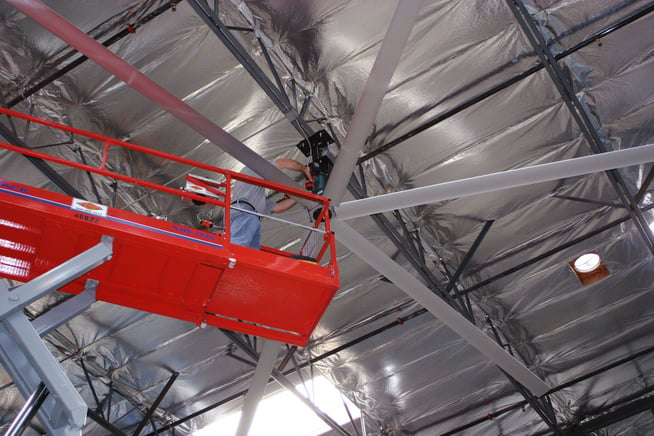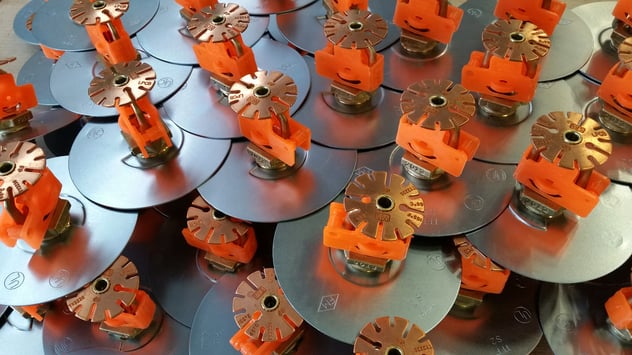Doing your own High Volume, Low Speed (HVLS) fan installation can be very beneficial for...
3 Most Common HVLS Fan Installation Problems Solved
Although the benefits of high volume, low speed (HVLS) fans are numerous, the installation process is not without its challenges. Over the years we have heard many different questions from customers about installing HVLS fans. And our number one goal is to help you in any way we can. That's why we decided to provide detailed answers to the three most common HVLS fan installation questions. So, let's get to it.

1. Where do I put the variable frequency drive (VFD)?
The variable frequency drive on an HVLS fan regulates the speed at which the fan runs. It controls the amount of power that is sent to the motor. If the VFD is improperly installed, electricity will not transmit properly to the actual fan. This can damage or even permanently disable it.
Today VFDs are used in every fan model by MacroAir. Having a VFD separate allow you to choose where you want them mounted, which can not only greatly increase accessibility compared to a drive that has no other option but to be up at the fan, but also decrease the potential cost of future repairs.
When mounting your fan unit, consider the VFD's placement and accessibility. It must be in a place where it can be repaired or reprogrammed without much difficulty. If you chose to go with an older model HVLS fan that is not gearless and has a VFD, you need to follow guidelines set out by the manufacturer and use all of the cables and connections they provide.
2. How do I install an HVLS fan if I have a sprinkler system?

HVLS fans can be safely installed with an existing sprinkler system. In an earlier blog post we discussed the legal requirements for HVLS fan placement when used with sprinklers, as set by the National Fire Protection Agency. Many research studies have found that as long as HVLS fans are installed based on these guidelines and properly placed, they will not impact the sprinkler system's ability to protect a building from fire.
3. How do I tie my HVLS fan into a fire suppression system?
Linking your HVLS fan and your fire suppression system is vital to protecting your facility. In fact, most of today's HVLS fans come standard with a system for linking into a building's fire suppression system. This ensures the fan will turn off and will not feed the fire with air. The specific way that your fan connects to the fire suppression system will vary depending on your fan's manufacturer. Consult with your fan's documentation to make the connection properly.
The Bottom Line
Installing an HVLS fan often seems more complex than it actually is. By adhering to the guidelines provided by the manufacturer of your HVLS fan and an understanding of the applicable building standards, you will have an easy time getting your HVLS fan installation completed successfully.

